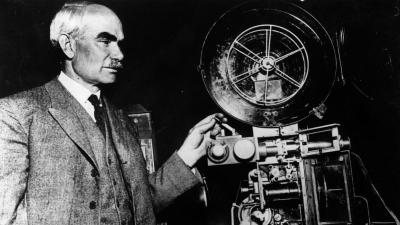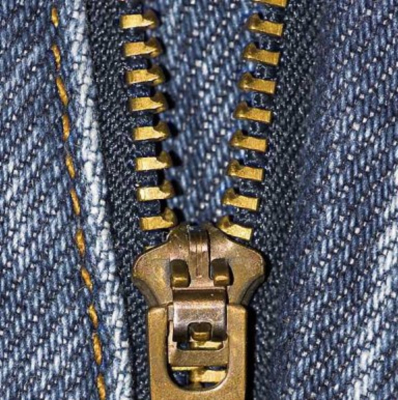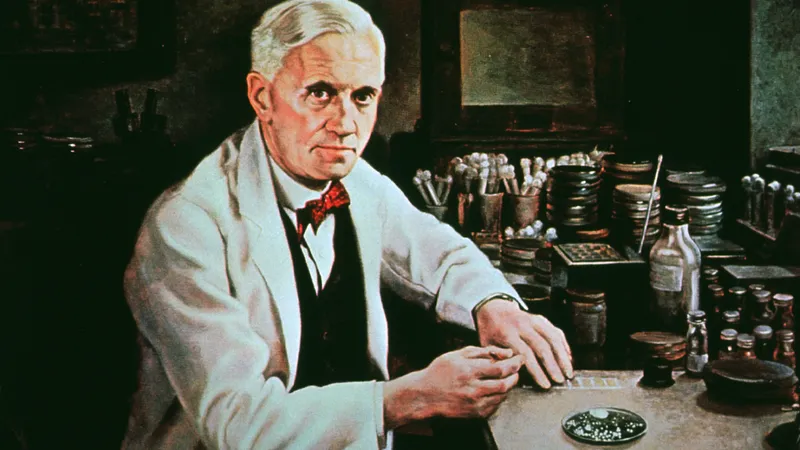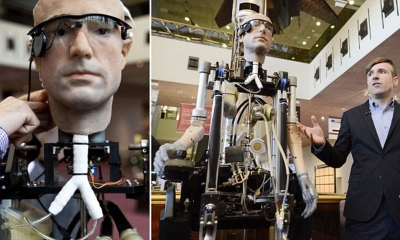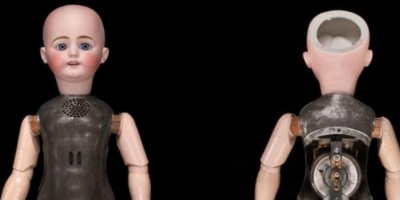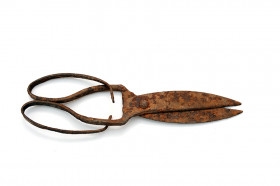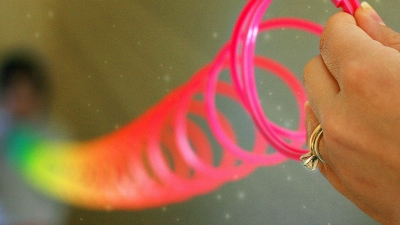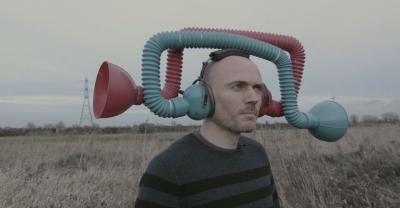
It has been 50 years since barcode, a series of parallel bars or lines of varying width printed on various products, was invented. Over the years, the barcode has transformed the way the retail industry functions globally. It is now used to speed supermarket checkout lines, parcel deliveries. Airline check in, etc.
Origin
The barcode was invented by Drexel University students Norman Joseph Woodland and Bernard Silver in 1948 and patented in 1952. However, the first barcode was drawn in sand in Miami Beach, U.S. by Woodland, decades before technology could bring his vision to life.
The incident that led to the invention of this technology was when a local food chain store owner in Philadelphia requested the dean of then Drexel Institute of Technology (now Drexel University) to come up with a way to get shoppers through the billing faster. Though the dean shrugged it off. Bernard Silver and Woodland teamed up to develop a solution.
The first barcode was called Bull's Eye barcode, a series of concentric circles. It was a linear representation of Morse code, the well-known character-encoding scheme in telecommunications, defined by dots and dashes. However, the idea could not be developed into a system due to expensive laser and computing technology.
Later, US engineer George Laurer implemented Woodland's idea using less expensive laser and computing technology. He developed a rectangular scanner with strips called the Universal Product Code.
On April 3, 1973 big retailers and food companies agreed to use barcode to identify products. On June 26 in 1974, the barcode technology was used for the first time in the US. State of Ohio to scan a pack of chewing gum. The gum is now in the National Museum of American History in Washington.
The original barcode carried an 11-digit formula-six identifying the manufacturer and five identifying the product a 12th digit was added later as a check.
How do they work?
The bars are black strips on a white background. Their width and numbers are, however, different on each product. The bars are used to represent the binary digits 0 and 1 sequences of which represent numbers from 0 to 9 and be processed by a digital computer. Barcodes display the printed 12-digit number typically underneath the product as a backup in case of possible complications.
Barcode scanners use an incandescent light bulb or laser to shine light through the barcode. While the black lines on the barcode absorb light, the white parts shine through and get reflected. While scanning a barcode, the amount of light is detected, which then gets translated into a set of digits or data. Information can be retrieved from a computer database using this data.
Problems
While barcodes have indeed revolutionised the way of registering and selling products, there are several problems as well. With barcodes, there is high probability of misreading the product due to misorientation, obstruction by dirt, mist, protrusions, and damage. Besides, the barcodes can be scanned only from a particular distance - one metre. Also, barcode scanners are delicate and expensive
It has been 50 years since barcode, a series of parallel bars or lines of varying width printed on various products, was invented. Over the years, the barcode has transformed the way the retail industry functions globally. It is now used to speed supermarket checkout lines, parcel deliveries. Airline check in, etc.
Origin
The barcode was invented by Drexel University students Norman Joseph Woodland and Bernard Silver in 1948 and patented in 1952. However, the first barcode was drawn in sand in Miami Beach, U.S. by Woodland, decades before technology could bring his vision to life.
The incident that led to the invention of this technology was when a local food chain store owner in Philadelphia requested the dean of then Drexel Institute of Technology (now Drexel University) to come up with a way to get shoppers through the billing faster. Though the dean shrugged it off. Bernard Silver and Woodland teamed up to develop a solution.
The first barcode was called Bull's Eye barcode, a series of concentric circles. It was a linear representation of Morse code, the well-known character-encoding scheme in telecommunications, defined by dots and dashes. However, the idea could not be developed into a system due to expensive laser and computing technology.
Later, US engineer George Laurer implemented Woodland's idea using less expensive laser and computing technology. He developed a rectangular scanner with strips called the Universal Product Code.
On April 3, 1973 big retailers and food companies agreed to use barcode to identify products. On June 26 in 1974, the barcode technology was used for the first time in the US. State of Ohio to scan a pack of chewing gum. The gum is now in the National Museum of American History in Washington.
The original barcode carried an 11-digit formula-six identifying the manufacturer and five identifying the product a 12th digit was added later as a check.
How do they work?
The bars are black strips on a white background. Their width and numbers are, however, different on each product. The bars are used to represent the binary digits 0 and 1 sequences of which represent numbers from 0 to 9 and be processed by a digital computer. Barcodes display the printed 12-digit number typically underneath the product as a backup in case of possible complications.
Barcode scanners use an incandescent light bulb or laser to shine light through the barcode. While the black lines on the barcode absorb light, the white parts shine through and get reflected. While scanning a barcode, the amount of light is detected, which then gets translated into a set of digits or data. Information can be retrieved from a computer database using this data.
Problems
While barcodes have indeed revolutionised the way of registering and selling products, there are several problems as well. With barcodes, there is high probability of misreading the product due to misorientation, obstruction by dirt, mist, protrusions, and damage. Besides, the barcodes can be scanned only from a particular distance - one metre. Also, barcode scanners are delicate and expensive.
Picture Credit : google


